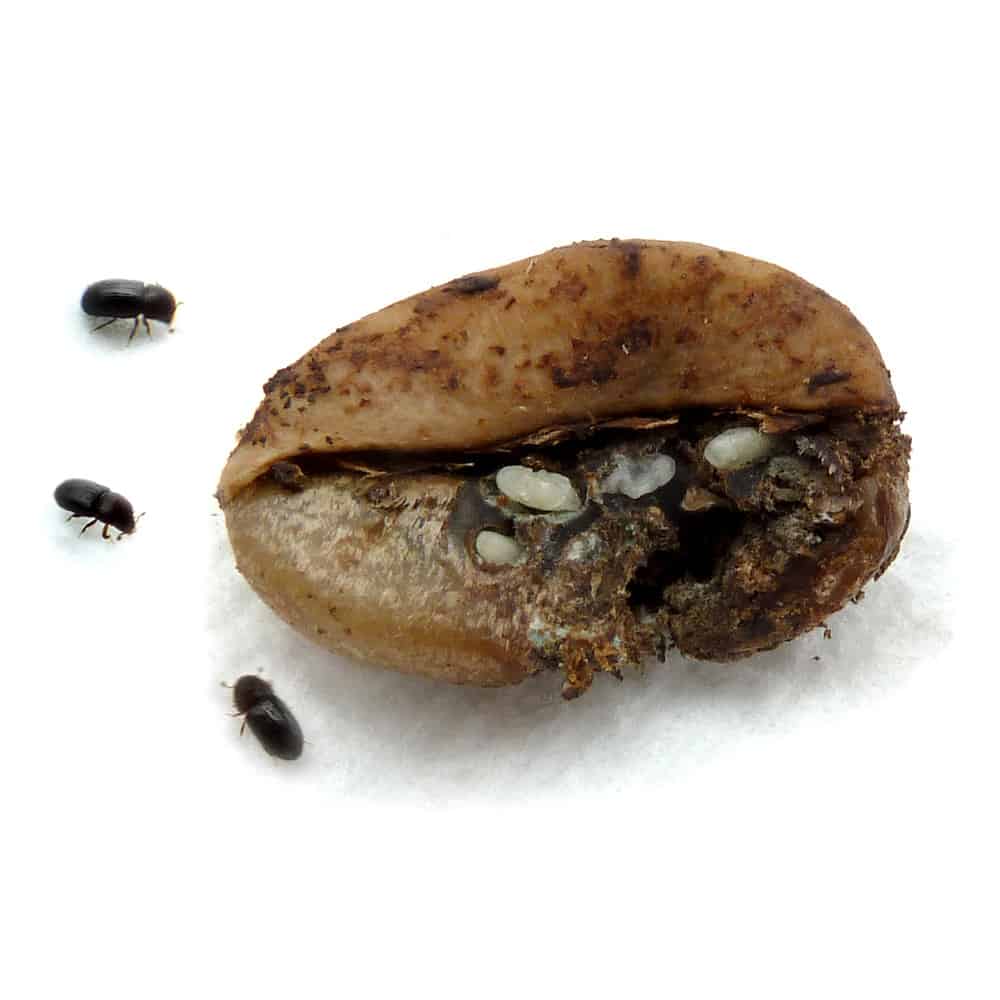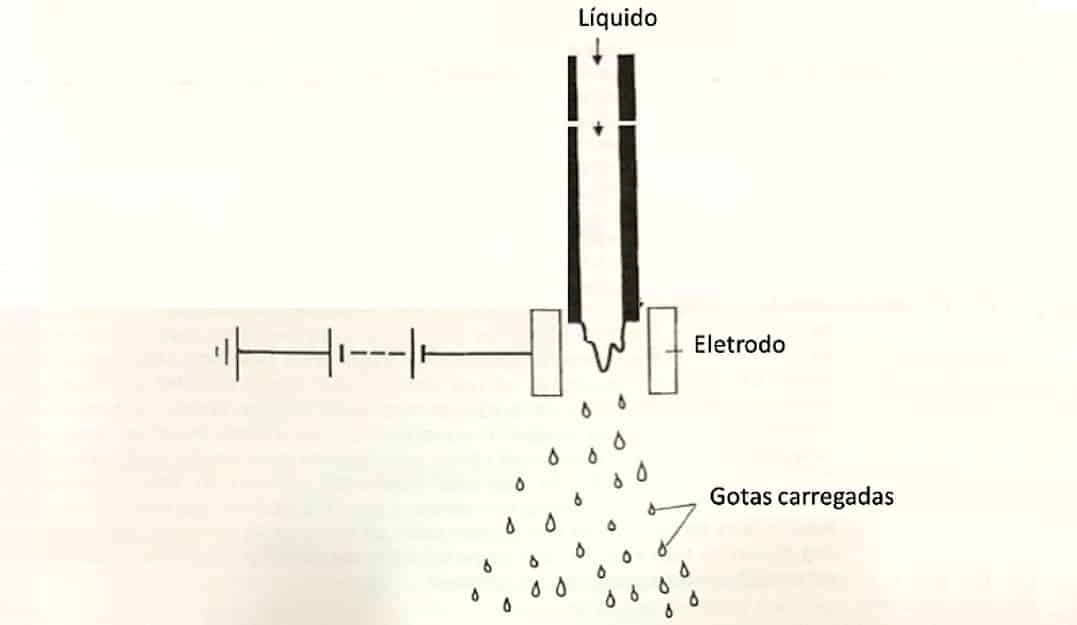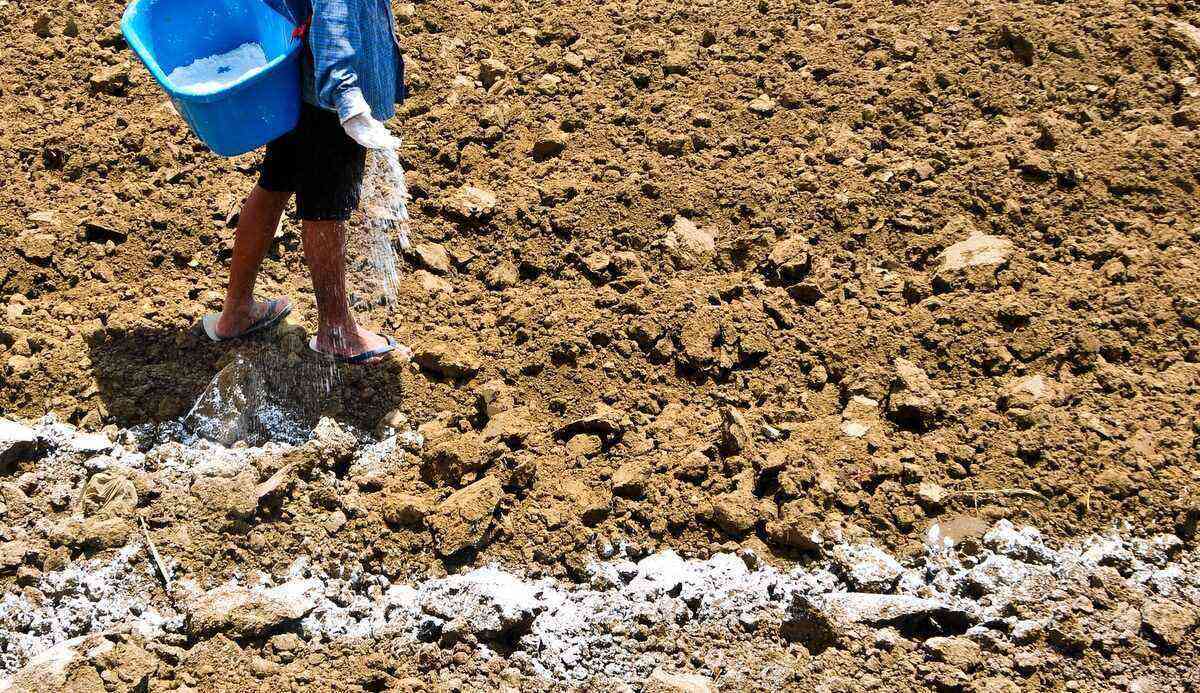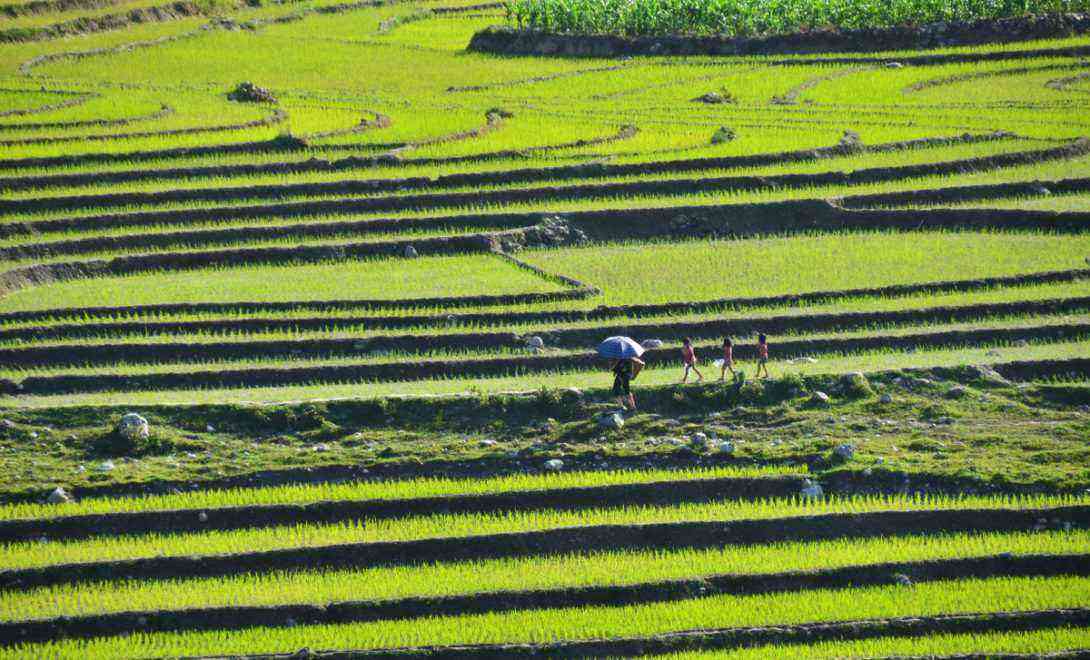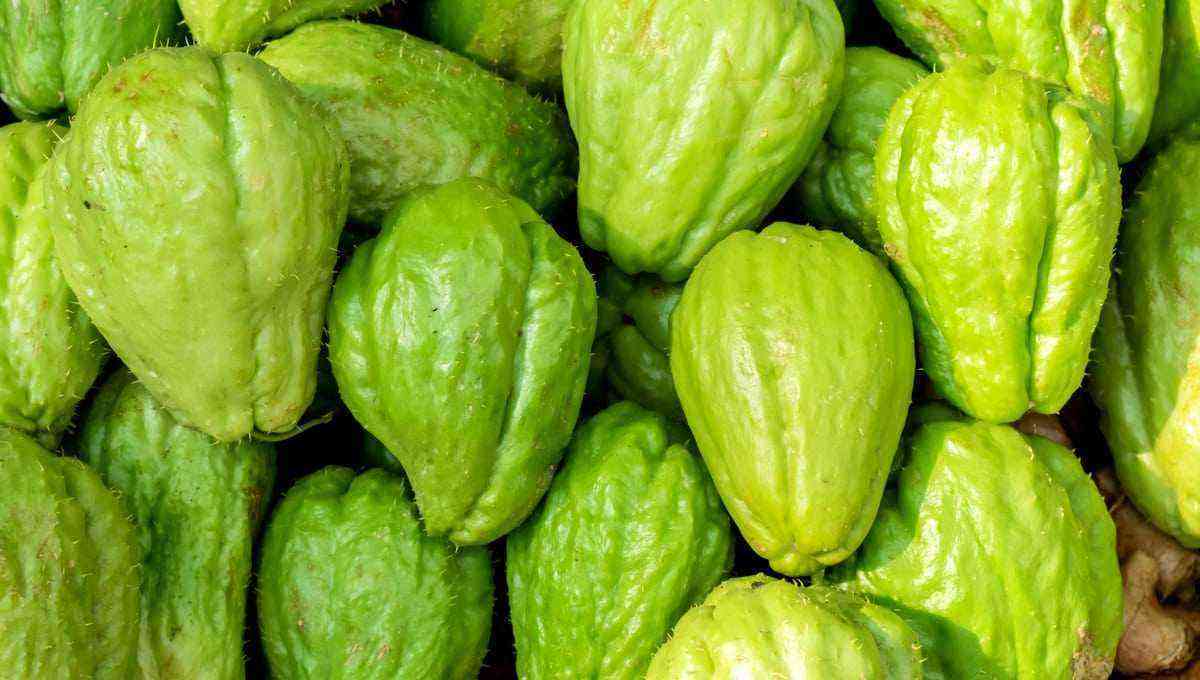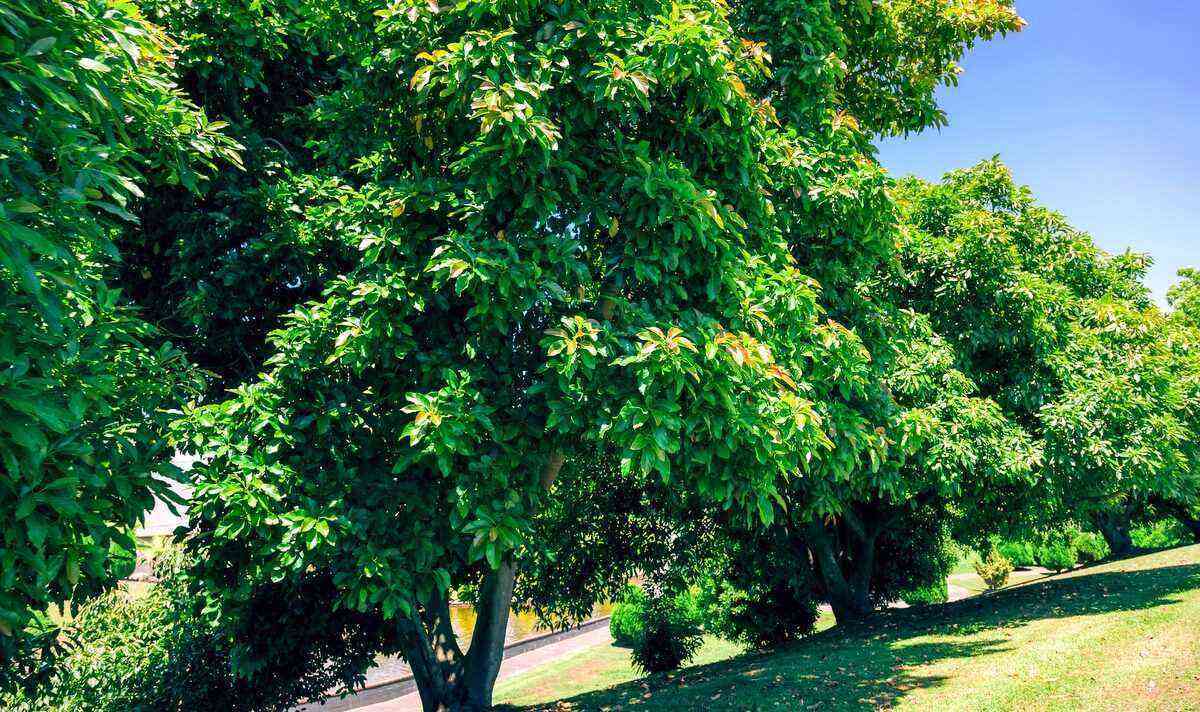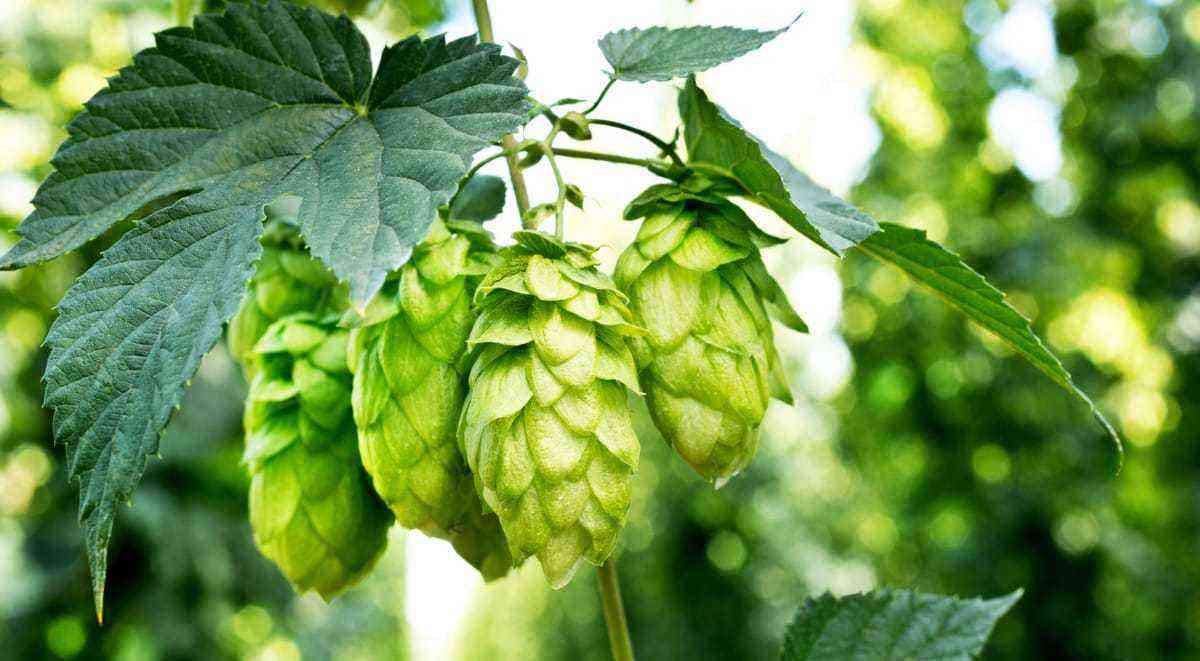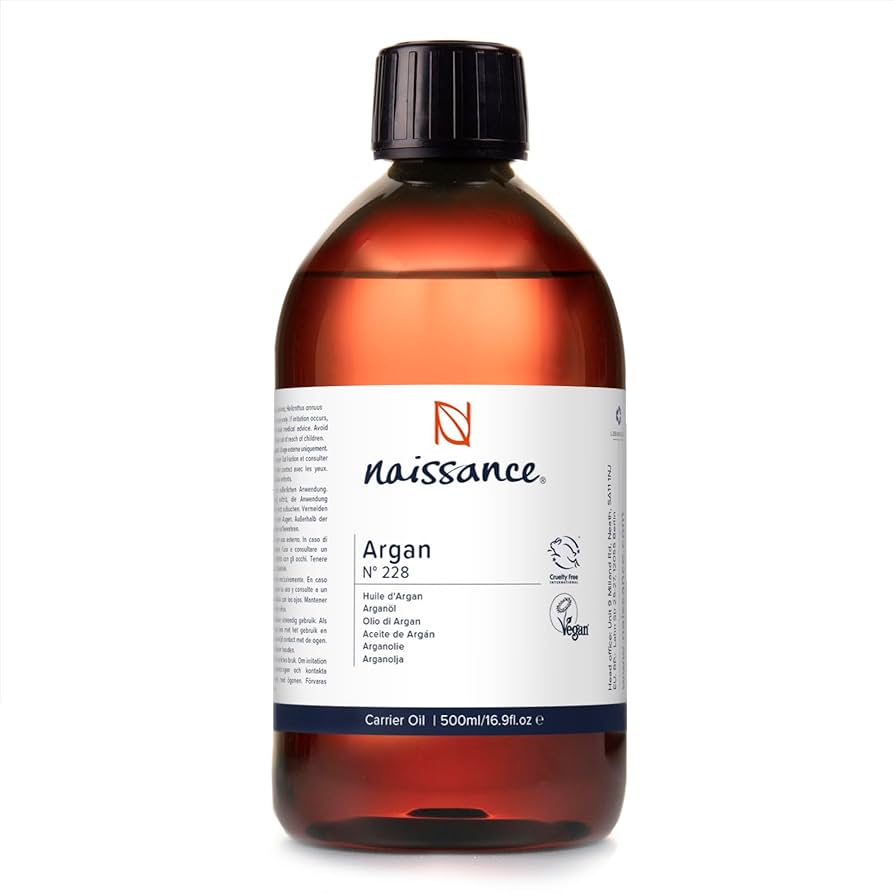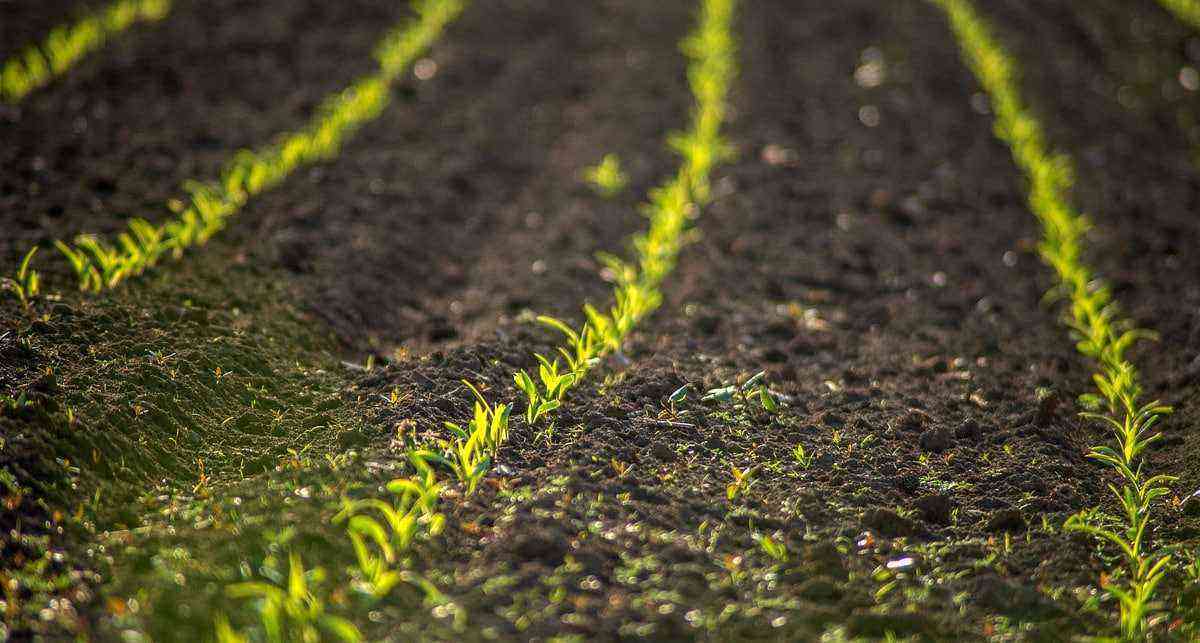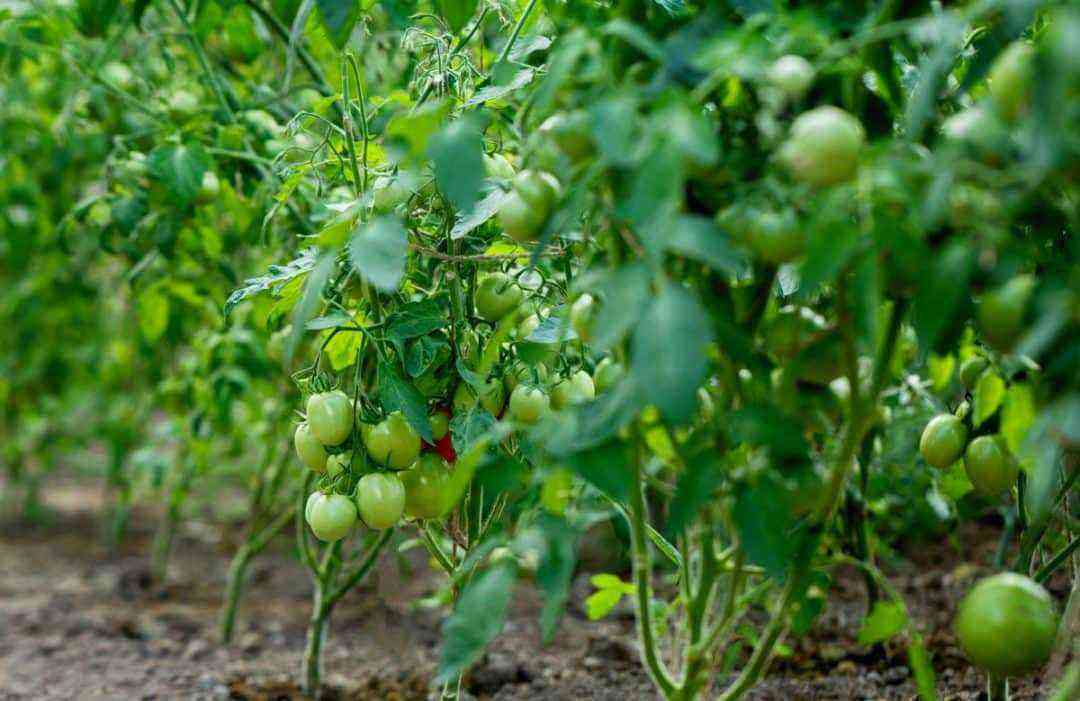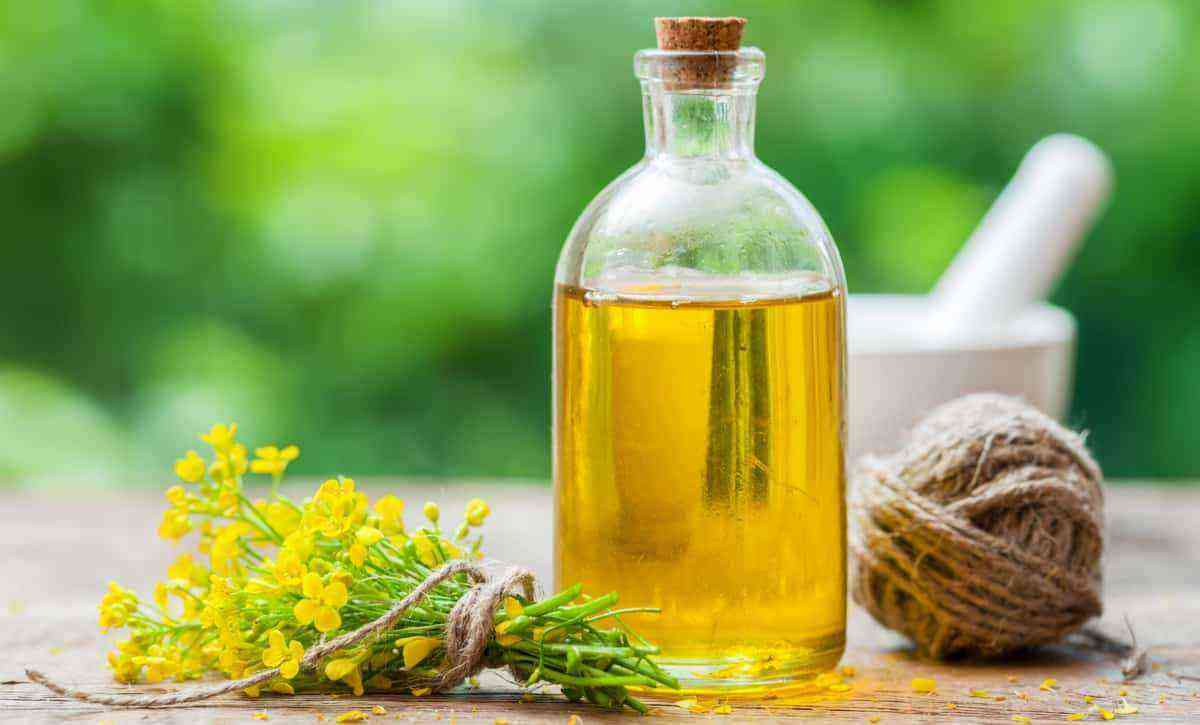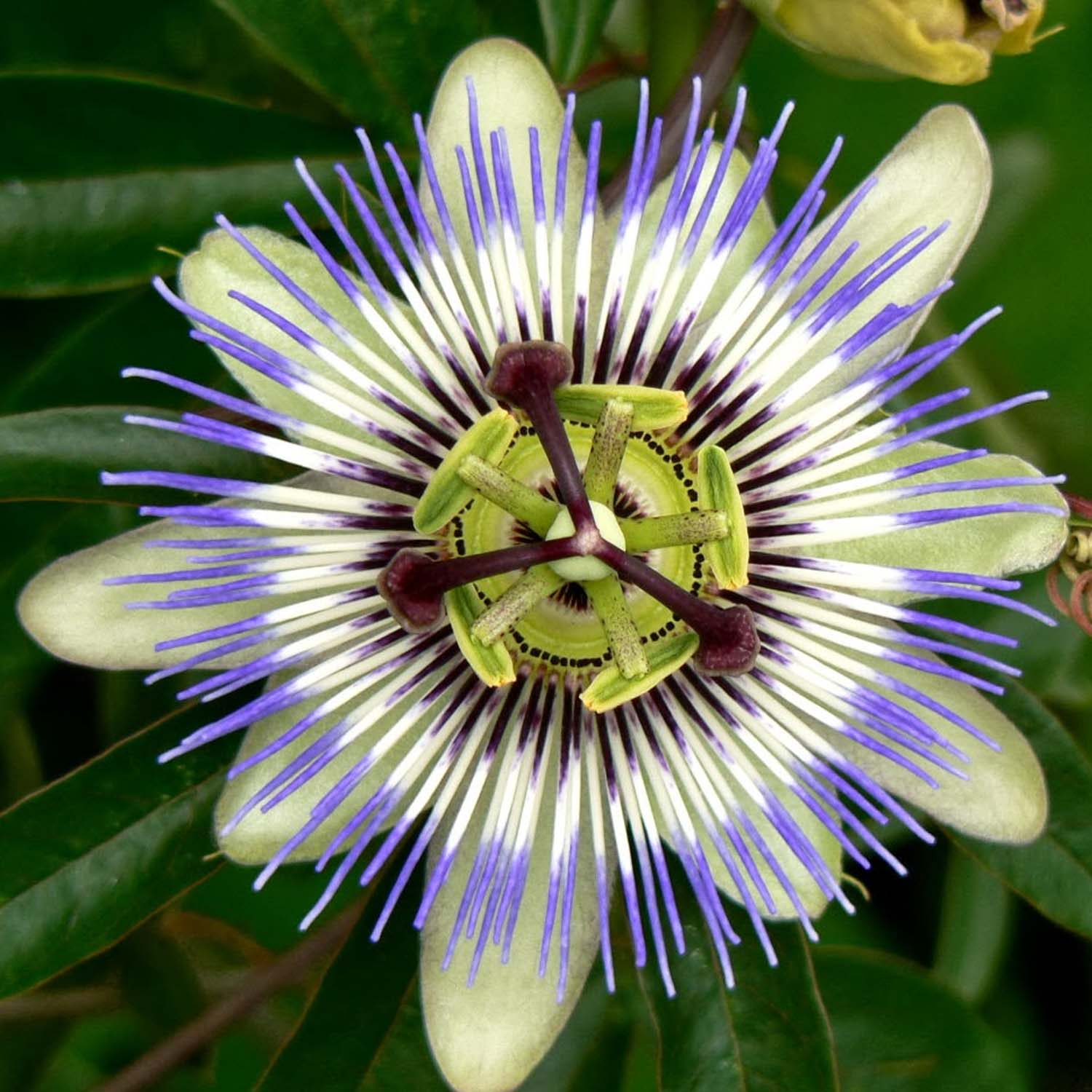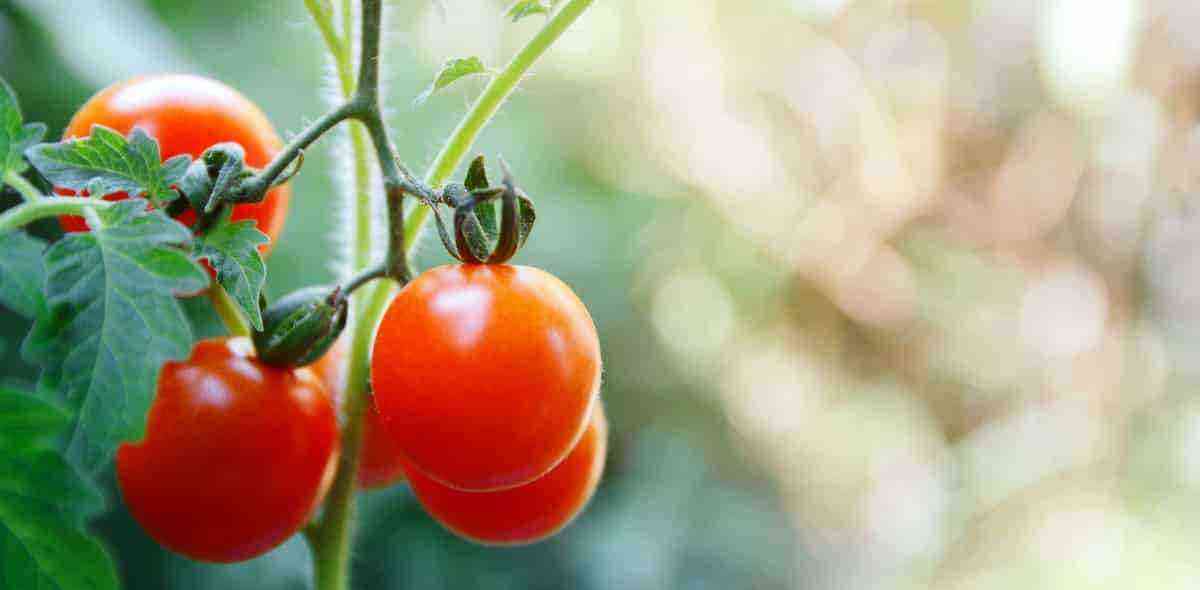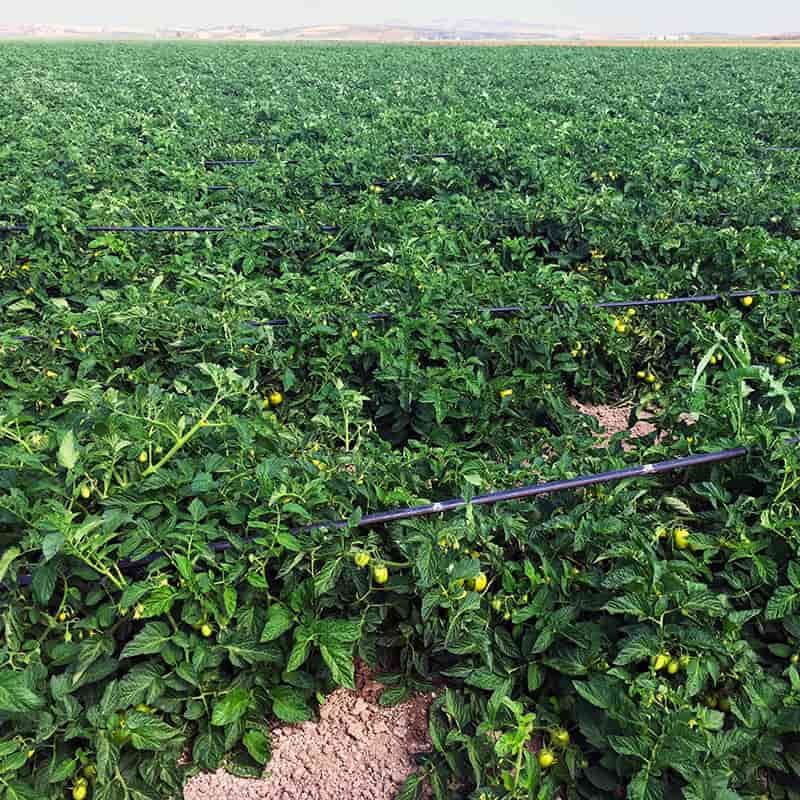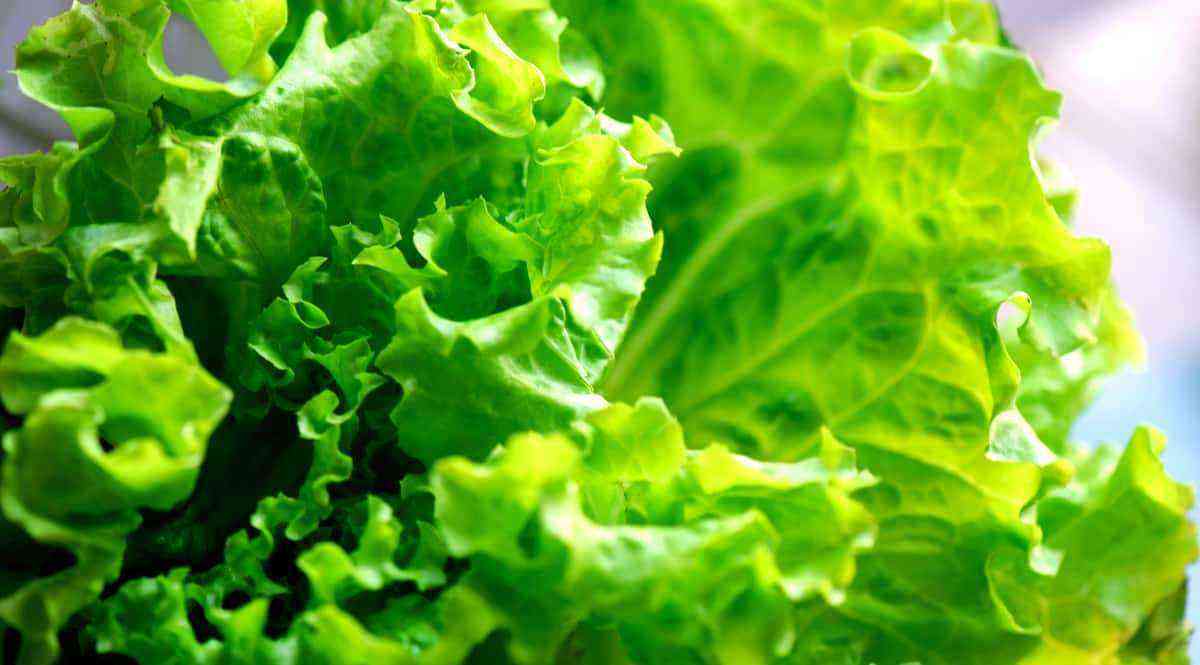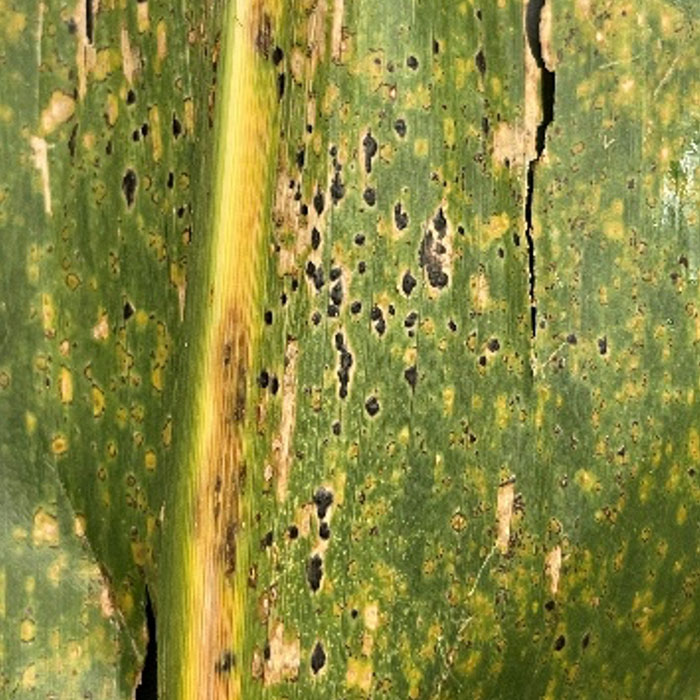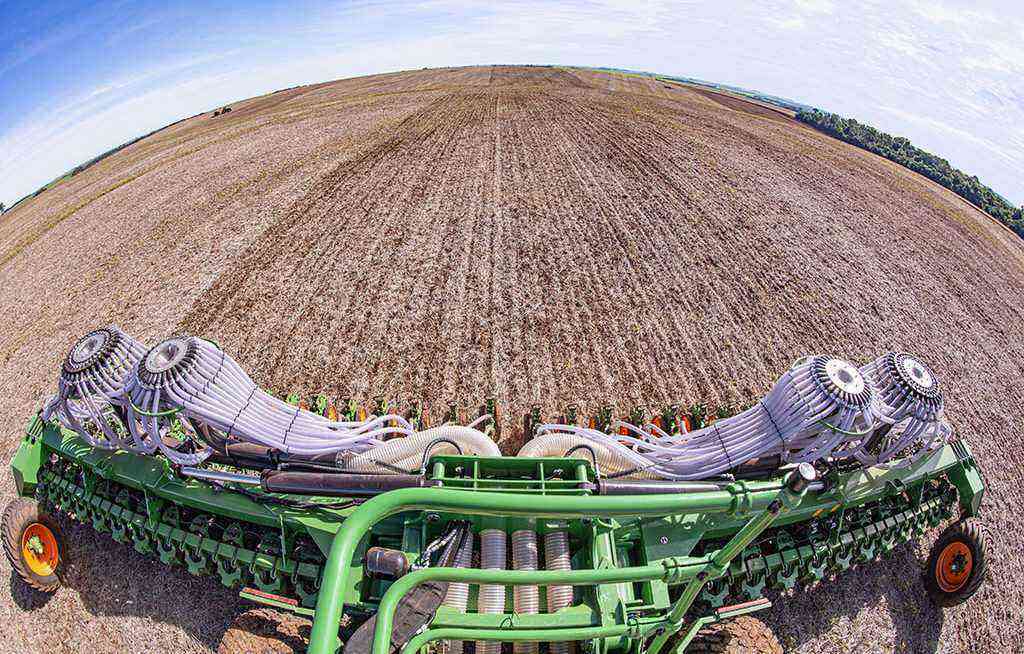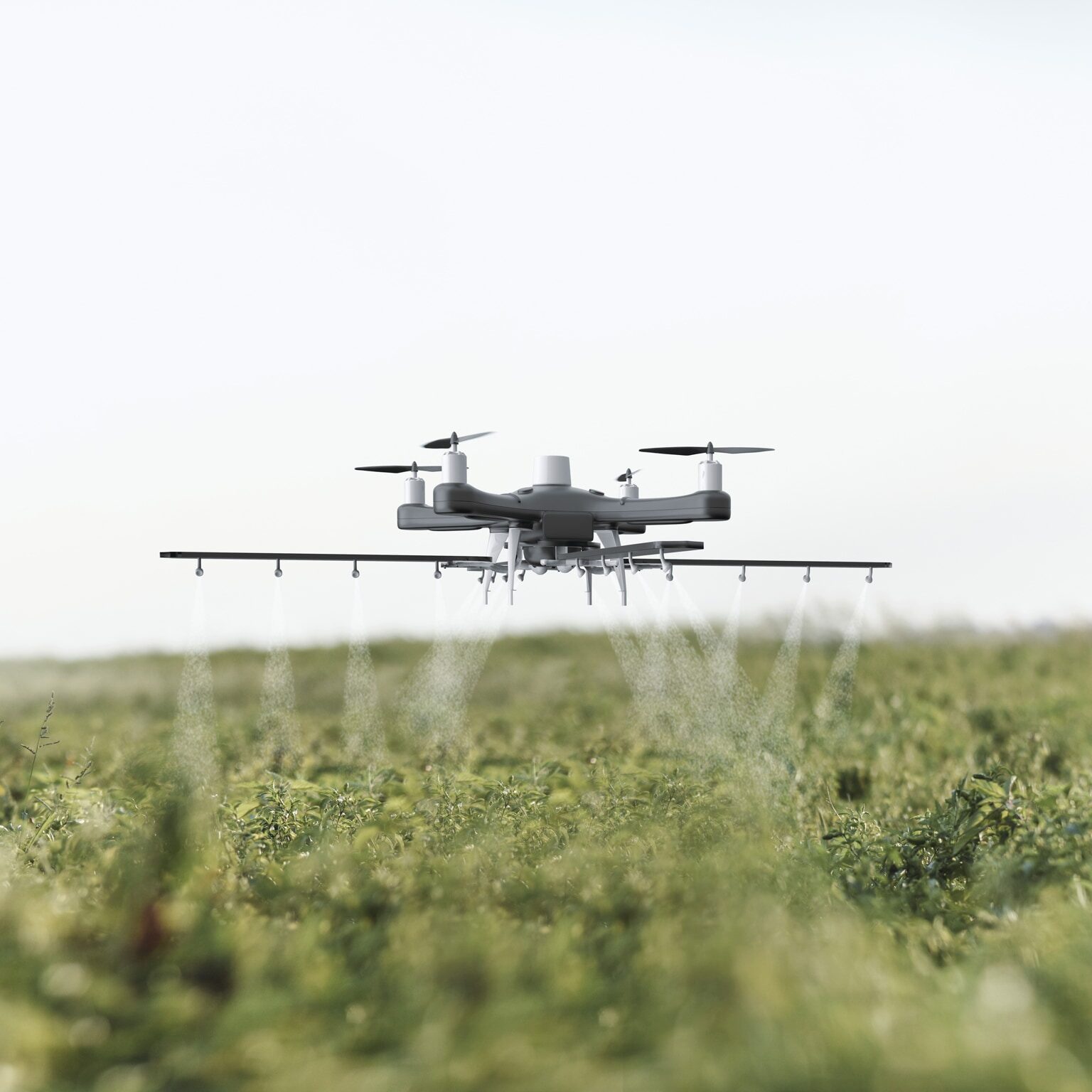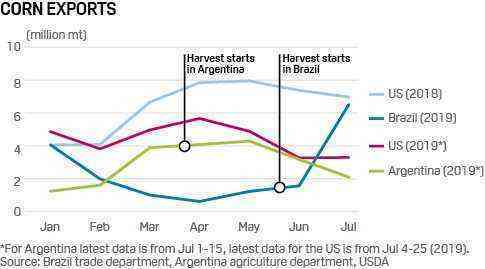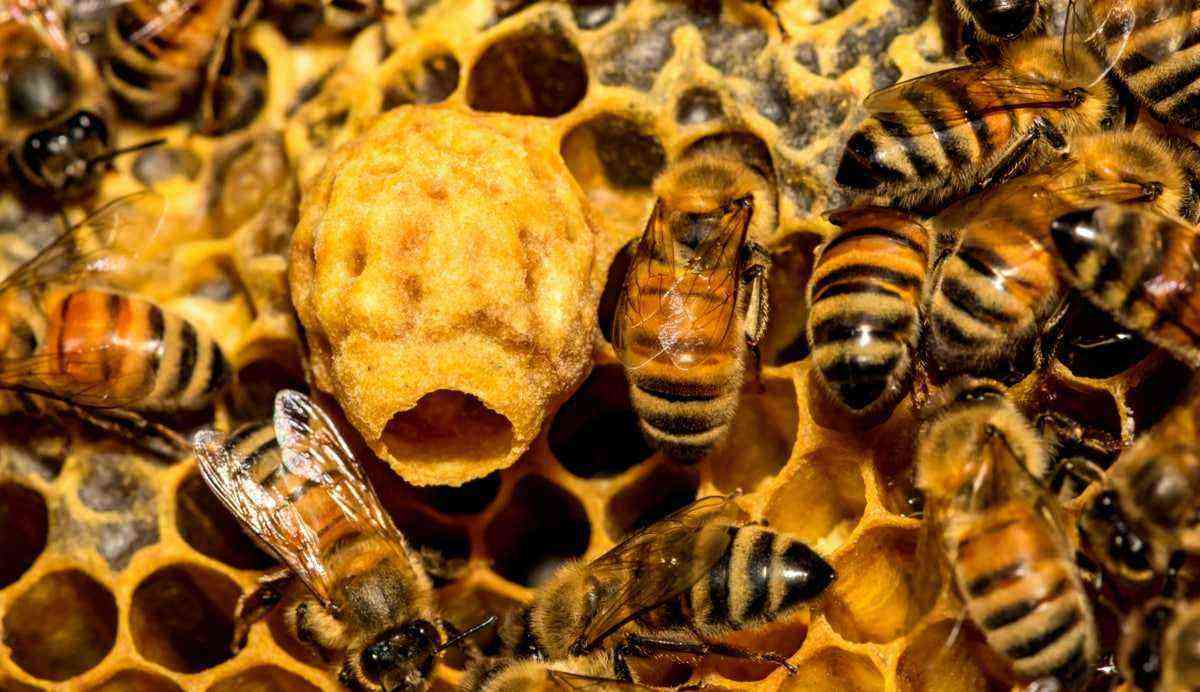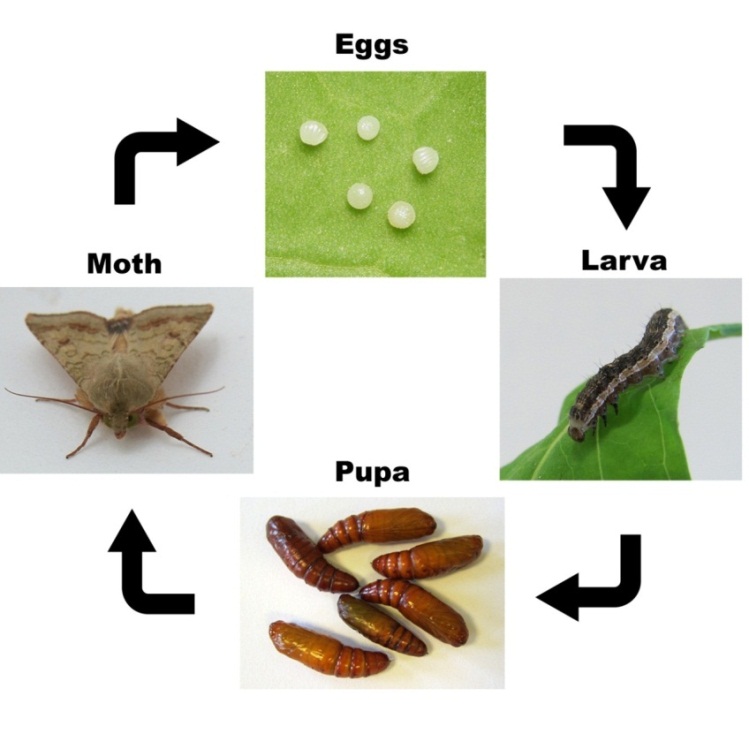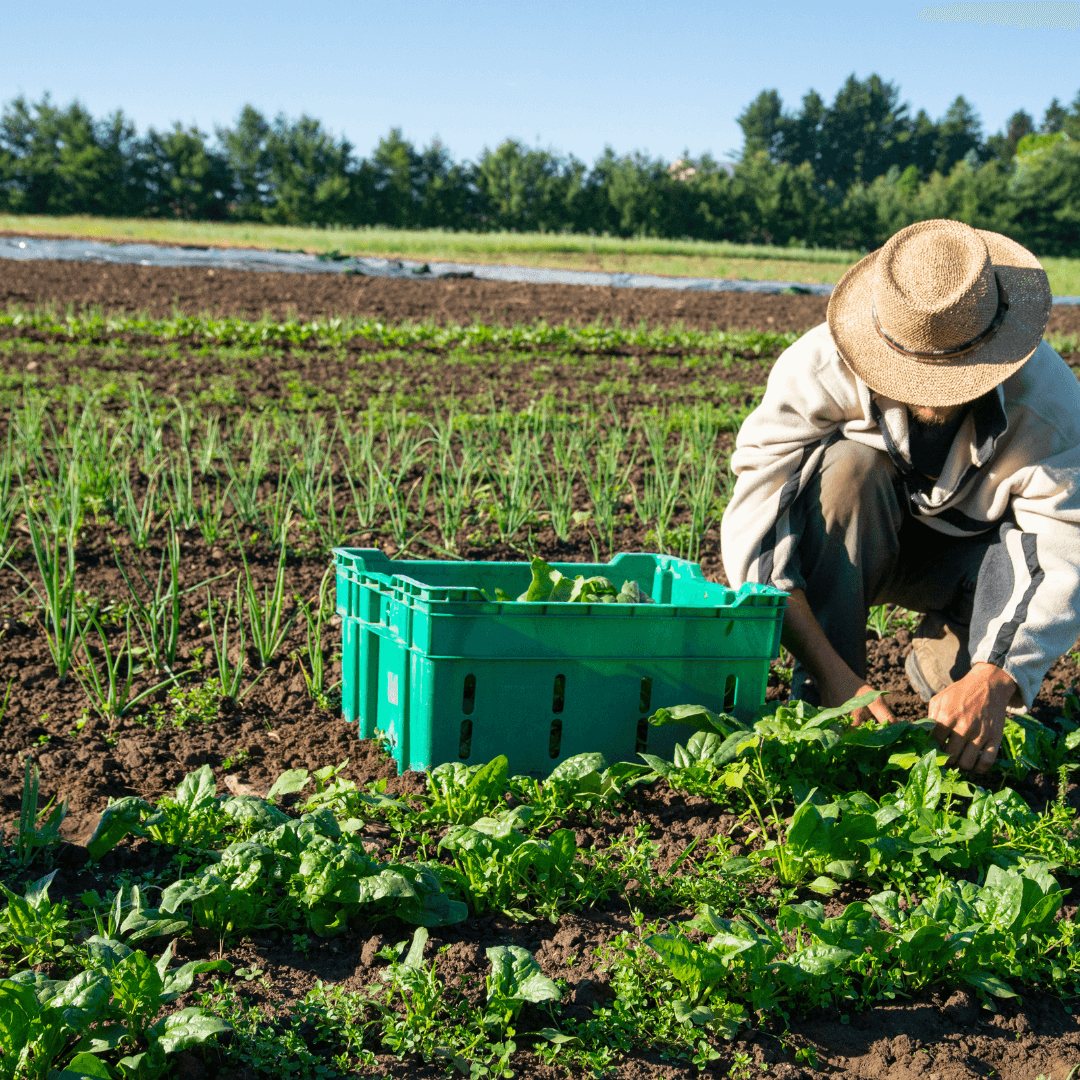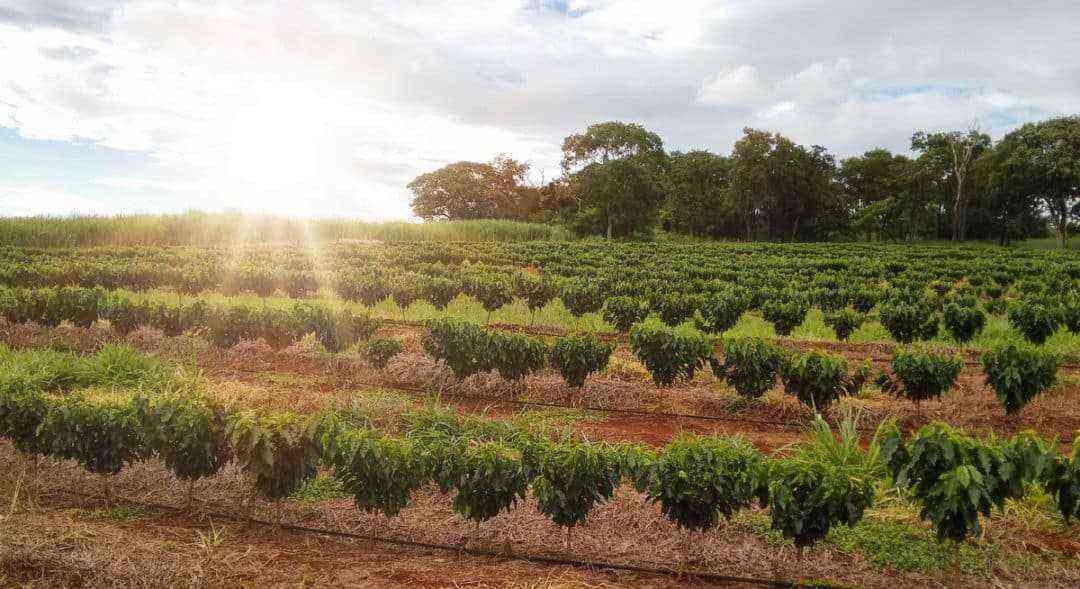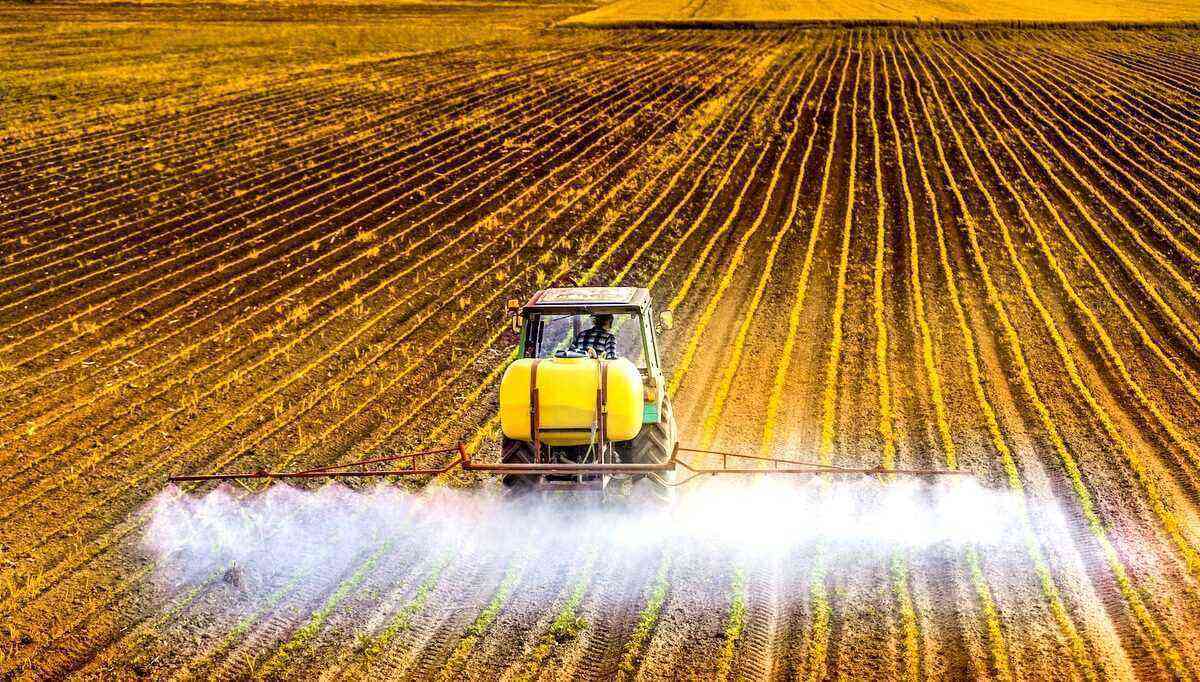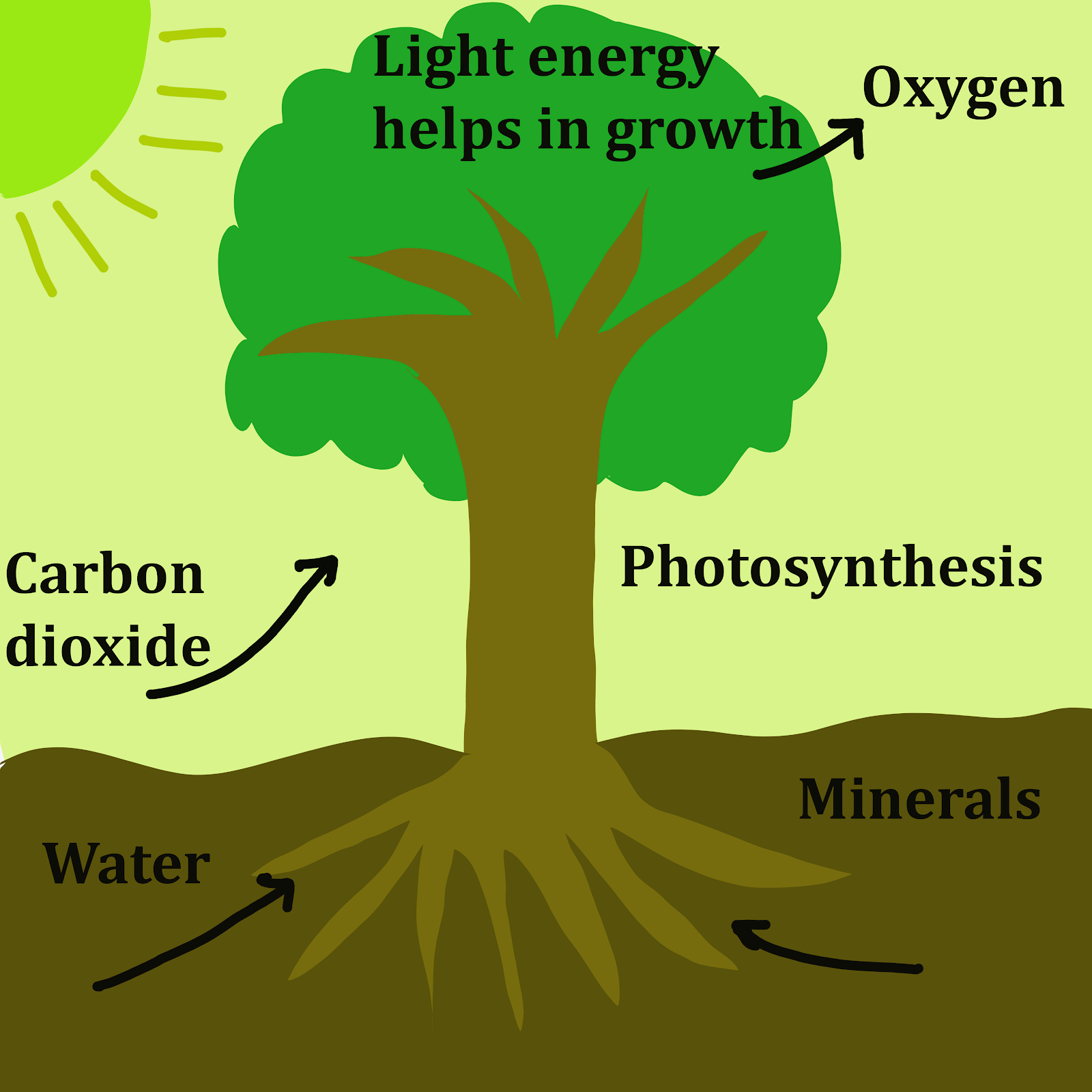Promoting the development of an economic culture free of weeds is not an easy mission, as they are plants that present aggressive characteristics, which give them a competitive advantage in relation to the culture of interest, such as:
- High seed production (seeds, bulbs, tubers, rhizomes, stolons);
- Permanence of viability even in unfavorable environmental and soil conditions;
- Ability to germinate and emerge deep into the soil;
- Uneven germination flows due to seed dormancy;
- Ease of seed dispersal over long distances by water, man, wind, animals and machines.
Can weeds cause damage to the rural producer’s pocket? For sure!
As a consequence of aggressive characteristics and adaptive abilities, weeds can cause damage direct e indirect.
Os direct losses are related to the reduction of crop productivity due to competition for growth factors (nutrients, water, light and gases), as well as the decrease in the quality of the commercial product (presence of black beagle seeds (Bidens pilosa) adhered to cotton fibers).
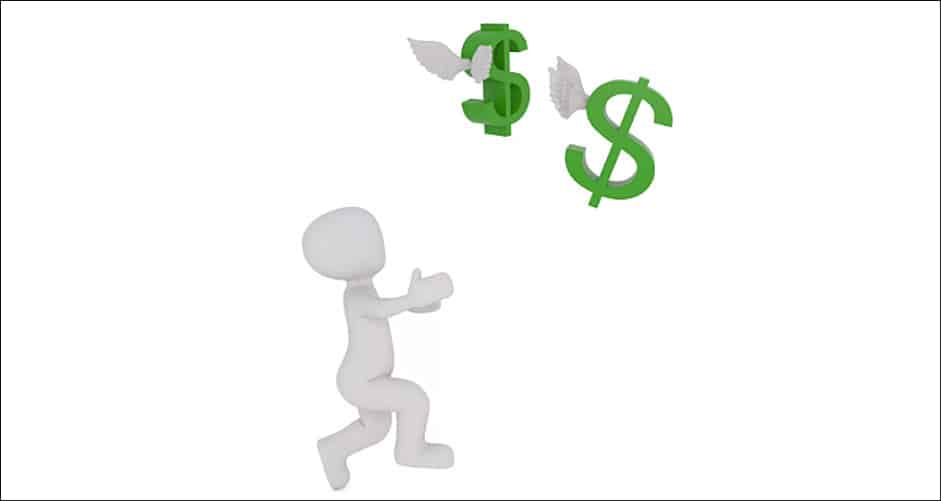
Weeds can cause a lot of damage to the farmer. Source: Sebrae Community
Weeds are responsible for the non-certification of crop seeds, in addition to poisoning animals and depreciating the value of land.
Os indirect damages refer to the fact that weeds are alternative hosts for pests, diseases and nematodes, as is the case of massambará grass (Sorghumhalepense), which is a host of the sugarcane mosaic virus.
Some species can harm or make it impossible to carry out cultural and harvesting practices, such as the morning glory (Ipomoea sp.), reducing the efficiency of operations or causing crop losses.
Weed management strategy
Among the forms of weed control, the chemical is the most used by rural producers because it provides advantages such as:
- Less dependence on manpower;
- Control efficiency even in the rainy season;
- Effective control in the planting line without damaging the root system of the crop;
- Enable the practice of the No-tillage System (SPD);
- Allow to control weeds of vegetative propagation;
- Allow for spreading planting or modifying the spacing between rows.
It is important to emphasize that the integrated weed management (MIPD) is the most assertive and sustainable way to carry out weed control, being conceptualized as the use of all control tools (preventive, cultural, mechanical, physical, biological and chemical). ) strategically, both to prevent the entry of new weed species and to reduce the population of weedy species in the cultivation area.
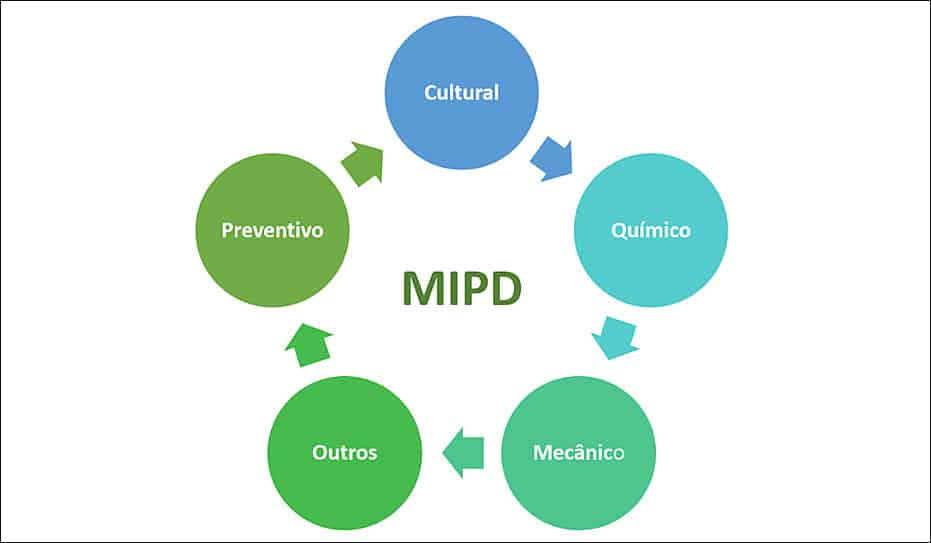
Integrated management is the most sustainable way to control weeds. Source: Blog Sensix
Features of glufosinate ammonium
The herbicide ammonium glufosinate is the only representative of the group of glutamine synthetase inhibitors (GS), being a synthetic version of phosphinothricin, a substance synthesized by bacteria of the genus Streptomyces (Streptomycesviridochrmogenese Streptomyceshygroscopius).
This herbicide has a contact action, has a broad spectrum of control (controls mono and eudicot weeds) and is non-selective.
With the advancement of technological innovation, Liberty Link technology was developed®, in which a glufosinate ammonium resistance gene is inserted into cotton, soybean, corn, canola and sugar beet varieties, providing selective weed control, thus not causing phytotoxicity in these crops.
Ammonium glufosinate is highly soluble in water (1.370.000 mgL-1) and is highly mobile in soil, being weakly adsorbed to soil colloids (Koc 100 mLg-1) due to the ability to donate protons and form negatively charged ions (pKa< 2,0).
Persistence in the field varies from 7 to 20 days, with rapid microbial degradation, which is a factor that explains the lack of this herbicide at depths greater than 15 cm in the soil (RODRIGUES; ALMEIDA, 2018).
Physiological dynamics of glufosinate ammonium
Ammonium glufosinate does not efficiently control weeds with advanced stages of development, and its application is recommended to control monocots with up to 1 tiller and in eudicots with 2 to 4 leaves.
For maximum efficiency in weed control, with the use of this herbicide, it is recommended that the application be made in post-emergence with the presence of sunlight. Control or desiccation takes place 1 or 2 weeks after application.
It should be emphasized the importance of spraying in suitable climatic conditions so that the sprayed droplet reaches the target, and thus, have the expected result in the control of weeds.
The ideal weather conditions are: minimum relative humidity of 55%, wind speed of 3 to 10 km h-1 and temperature below 30°C.
Action mechanisms of glufosinate ammonium

The herbicide ammonium glufosinate inhibits the activity of the enzyme glutamine synthetase (GS), which is the primary site of nitrogen assimilation in the plant.
Nitrogen is an essential element for plant metabolism because it is present in important biomolecules such as ATP, NADH, NADPH, chlorophyll, proteins and several enzymes, thus it is an element that limits the perfect development of plants (TAIZ). et al., 2017).
GS converts the amino acid glutamate and ammonium (NH4+) into glutamine, which is a substrate for new reactions to produce amino acids necessary for protein synthesis.
In this reaction also occurs the assimilation of ammonium, which in high concentrations in living tissues, is toxic, impairing the transport of electrons in photosynthesis and the respiratory chain.
ammonium glufosinate
Ammonium glufosinate inhibits the action of GS, which generates an accumulation of ammonium in the cell and depletion of carbon skeletons, such as glutamine, which causes indirect inhibition of photorespiration and photosynthesis.
New studies have elucidated this mechanism of action, such as the work by Takano et al. (2019), in which they report that plants treated with this herbicide produce reactive oxygen species (ROS), which are responsible for the peroxidation (degradation) of lipids in cell membranes, leading to cell death.
Ammonium accumulation has been used as a performance indicator of glufosinate ammonium, in this way, research carried out by Freitas e Silva et al. (2016) show that the absorption of this herbicide occurs between 2 and 5 hours after application, and amounts absorbed within 5 hours are sufficient to cause damage to the plant.
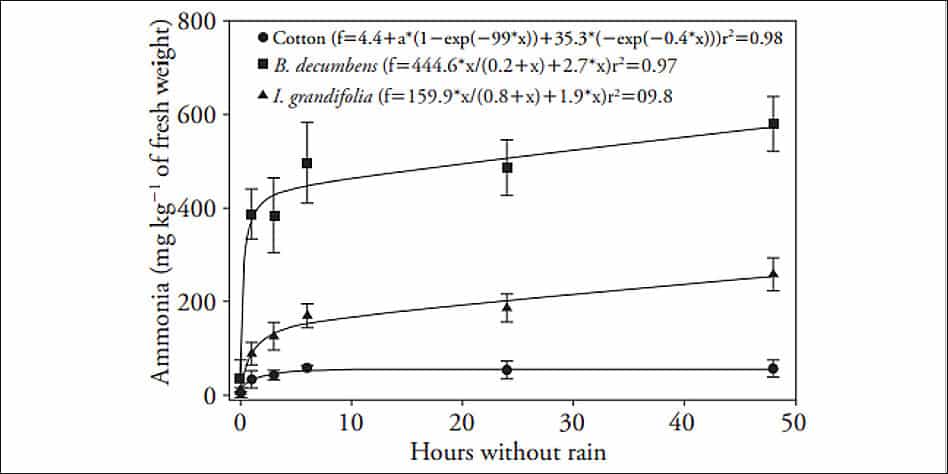
Ammonium concentration in cotton plants, B. decumbens e I. grandifolia in different periods without rain with 2 DAA. Source: Freitas e Silva et al. (2016).
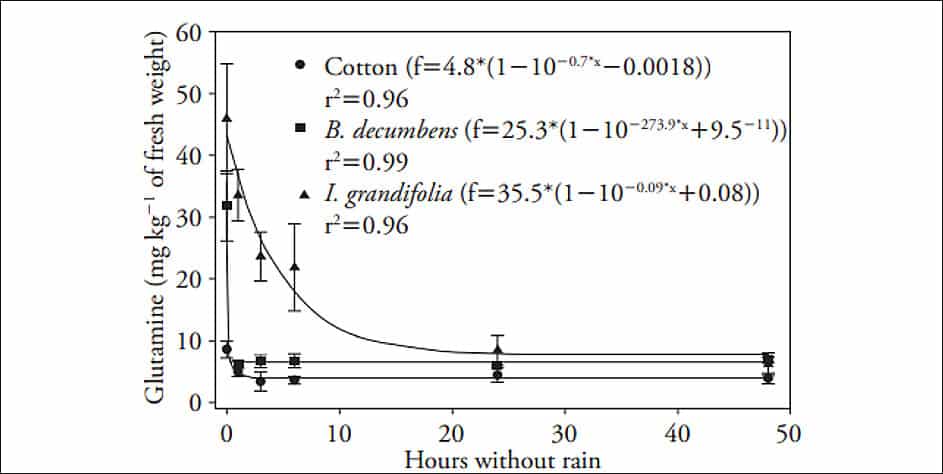
Glutamine concentration in cotton plants, B. decumbens and I. grandifolia in different periods without rain with 2 days after application (DAA). Source: Freitas e Silva et al. (2016).
Symptoms of phytochemistry
The initial symptoms of phytotoxicity caused by glufosinate ammonium occur 3 to 5 days after application, in which leaf wilting and plant chlorosis are observed. In up to two weeks the plants become necrotic.
These symptoms can be accelerated when the plants are in favorable environmental conditions, such as high luminosity and high relative humidity of the air and soil (ROMANet al., 2005).
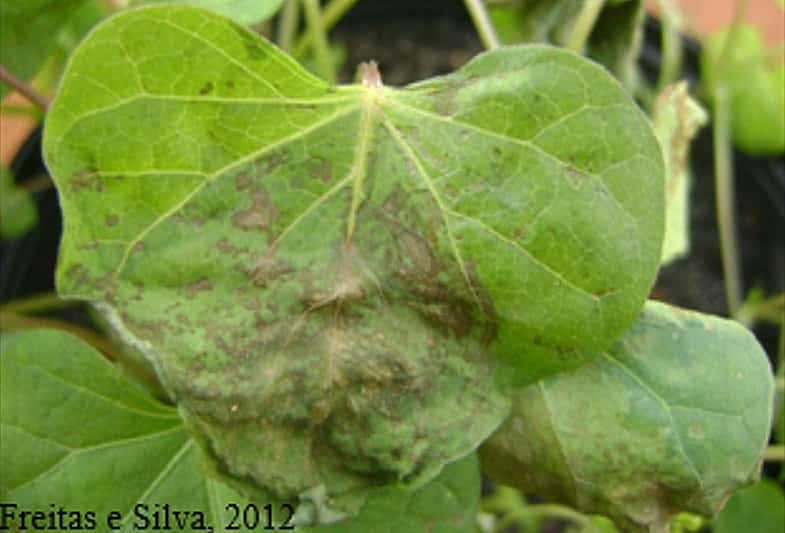
Phytotoxicity symptoms in Ipomoea grandifolia at 3 DAA. Source: Freitas and Silva (2012).
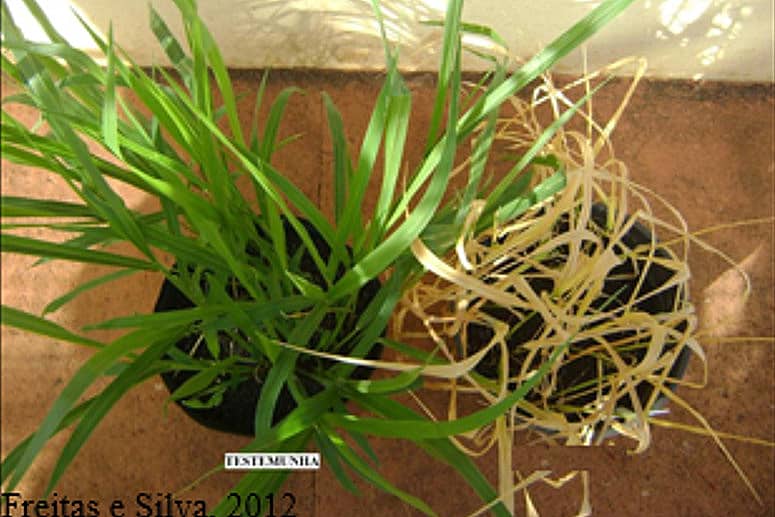
Phytotoxicity symptoms in Urochloa decumbens at 8 DAA. Source: Freitas and Silva (2012).
When should glufosinate ammonium be applied?
In Brazil, the herbicides that contain ammonium-glufosinate as an active ingredient are: Fascinate BR, Liberty, Patrol SL and Finale. To verify the registration of these herbicides in the crop of interest, access AGROFIT, which is an information bank on pesticides registered with the Ministry of Agriculture.
Glufosinate Ammonium is a post-emergence herbicide for targeted spray application on susceptible crops or full area application on crops/cultivars that contain Liberty Link technology.®.
It can be used in pre-harvest desiccation of some crops, such as potatoes, sugar cane, beans, soybeans and wheat. It can also be used in pre-planting desiccation, in crops such as soybeans and wheat (RODRIGUES; ALMEIDA, 2018). For correct use and application, you must have the guidance of an agronomist.
Final considerations
Weed management is a challenging practice.
In order to be successful, there is a need to know the phytosociological characteristics and physiology of the weeds in the area, the history of the place, soil fertility, the climate of the region, the herbicide to be applied and the crop of interest.
Thus, it is important to follow the guidelines of an agronomist, so that the available resources can be applied efficiently and sustainably.
Bibliographic references
BARROSO, A. A. M.; MURATA, A. T. Matology: studies on weeds. Jaboticabal: Fábrica da Palavra, 2021. 547 p.
FREITAS E SILVA, I. P. et al. Absorptionvelocityofglufosinate and its effectsonweeds and cotton. agriscience, v. 50, p. 239-249, 2016. Available at: http://www.scielo.org.mx/scielo.php?script=sci_arttext&pid=S1405-31952016000200239&lng=es&nrm=iso&tlng=en. Accessed on: 12 Jul. 2021.
MONQUERO, P. A. Aspects of weed biology and management. São Carlos: Rima, 2014. 430 p.
RODRIGUES, B. N.; ALMEIDA, F. S. herbicide guide. 7. ed. Londrina: Authors Edition, 2018. 764 p.
ROMAN, ES et al. How herbicides work: from biology to application. Passo Fundo: Berthier, 2005. 152 p.
SILVA, A. A.; SILVA, J. F. Topics in weed management. Viçosa: Viçosa: ufv, 2007. 367 p.
TAIZ, L.; ZEIGER, E.; MOLLER, IM; MURPHY A Plant physiology and development. 6. ed. Porto Alegre: Artmed, 2017. 858 p.
TAKANO, H. K. et al. Reactiveoxygenspecies trigger the fast actionofglufosinate. Plant. v. 249, p. 1837-1849, 2019.
